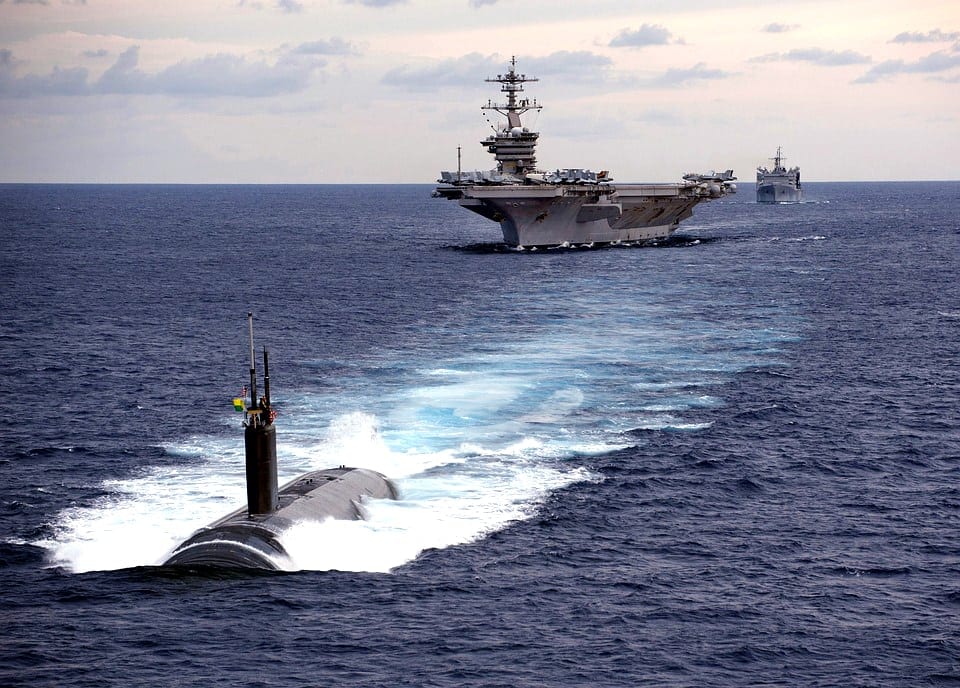When travelling to a new place or simply walking into a coffee shop, we expect wireless communication to be readily available. This is a reality in most places. But even on commercial airplanes, wireless internet isn’t always offered for passengers. So, if we expect wireless connectivity 7 miles up in the sky, why not in the ocean too? Well, radio signals which travel through the air don’t make it very far in water, similarly to how underwater sonar waves almost never make it past the surface. But the boundary between air and water has finally been broken, and it wasn’t an Avatar (The Last Airbender) who did it! It was some Massachusetts Institute of Technology IT guys and their swimming pool.
How It Works
It’s all about the 0’s and 1’s, seriously. This underwater transmitter directs sonar signals to the ocean surface which causes small vibrations to correspond with the information sent. And above the water, highly sensitive receivers can detect these disturbances to decode the sonar signals. They call this new system TARF, the “translational acoustic-radio frequency” communication system. The underwater signals travel as pressure waves, which can be multiplied in order to achieve high data rates. By sending multiple frequencies at the same time, researchers can transmit hundreds of bits at a moment’s notice and this is where 5G wireless networks will come in handy. The high-frequency radar above the water will process waves between 30 and 300 gigahertz, which is the same band as 5G wireless. Faster internet and improved wireless communication sounds pretty good to us, and it’ll really help out these IT guys.
Radio Waves vs. Ocean Waves
Probably the biggest challenge for the MIT researchers was detecting micrometer sized disturbances amidst actual ocean waves. However, the key to detection isn’t in the size of the waves, but rather how fast they travel. A typical ocean wave will occur at 1 or 2 hertz, while sonar waves will move at 100 to 200 hertz; therefore, these MIT researchers created a signal-processing algorithm to be able to hone in on these fast-moving waves and ignore the slower, actual ocean waves. It’s kind of similar to the selective hearing of IT guys!

WATER the Next Steps?
There’s a long way to go for TARF. Right now, it struggles to pick up sonar signals in rough ocean waves that exceed 16 centimeters in height. But TARF has shown it can handle communications in calm weather, so the next step is to continue refining the system for all types of weather and water currents. TARF has the potential to make communication between drones, airplanes, and submarines much more practical than today’s current solution, strategically placed buoys on the ocean surface. And these MIT guys are going to make it happen. There’s a great amount of research that TARF could help with, like searching for lost flight recorders and airplanes, but we’re most curious to see how many lost waterproof cell phones it can locate!
Cover Image Credit: Pixabay



VIEW ALL